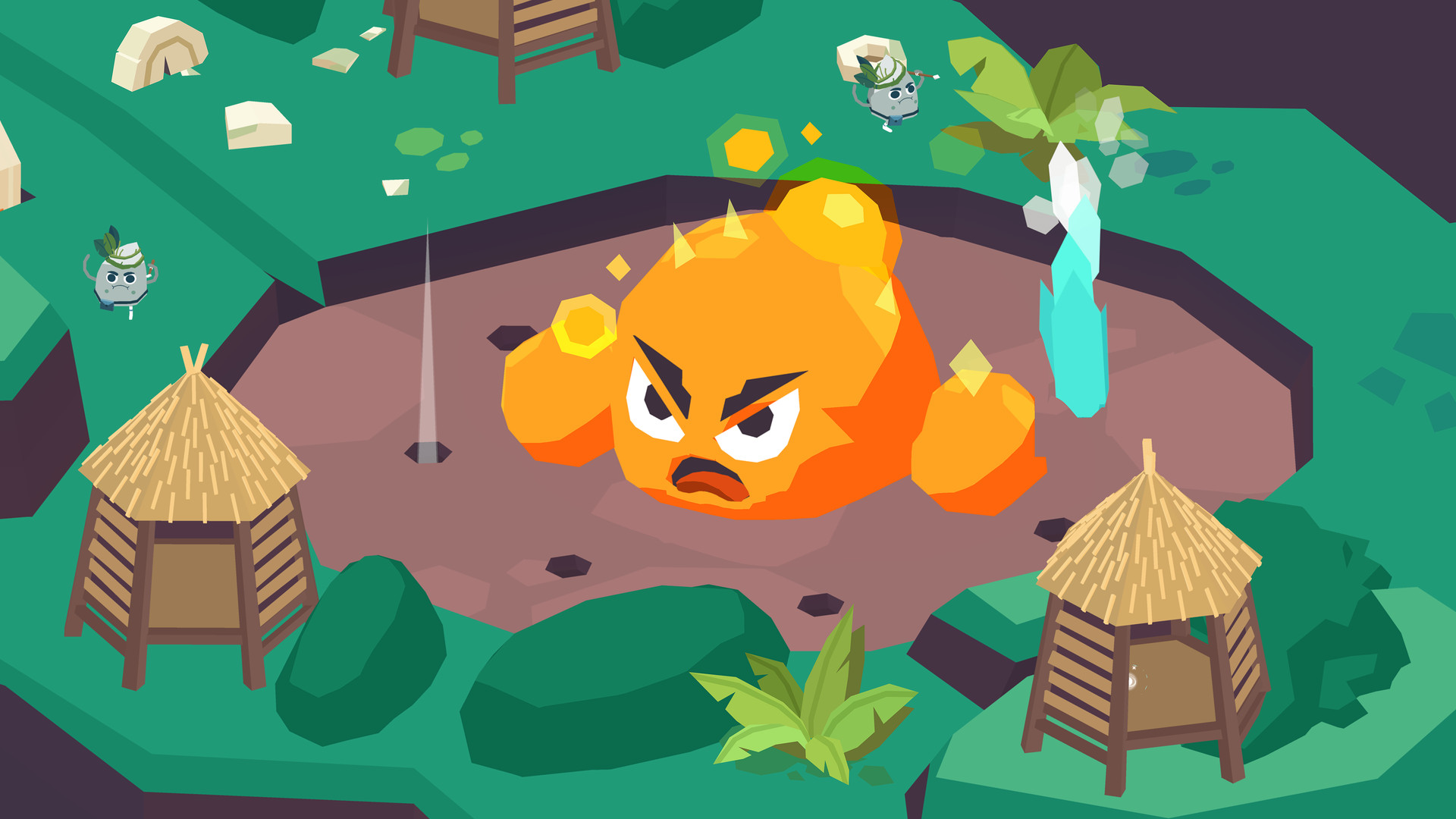

Specific timing will vary depending on white grub species, so plan to make an application when adult flight is at its peak. Make note of areas with white grub activity and plan to apply a preventive application in the following spring or early summer. White grubs may be active at this time, but spring curative applications are not effective.
#Down in bermuda hints professional#
See the NC State Extension publication Pest Control for Professional Turfgrass Managers for more information. Be sure the product you choose is labeled for use on bermudagrass. Products containing two or three different broadleaf weed herbicides are more effective in controlling broadleaf weeds in the lawn. Apply postemergence herbicides in May as needed to control summer annual and perennial broadleaf weeds like white clover, knotweed, spurge, and lespedeza. decreases the incidence of certain diseases.Īpply preemergence herbicides from mid-February to early March. Proper irrigation may prevent or reduce problems later in the summer. Continue until the desired depth or amount is applied. In clay soils, which accept water slowly, irrigate just until runoff occurs, wait until the water has been absorbed, and begin watering again. Sandy soils require more frequent watering (about 1⁄ 2 inch of water every third day).

Use a screwdriver or similar implement to check for proper saturation. A bluish-gray appearance or wilted, folded, or curled leaves may indicate that it is time to water.

When bermudagrass is growing, supplement rainfall as needed so that the lawn gets about 1 inch of water each week. That means you need to buy 10 pounds of fertilizer for every 1,000 square feet of lawn. (The first number always represents N content.) For example, if you’ve got a 5-5-15 fertilizer, divide 50 by 5 and you get 10. You need to apply 1⁄ 2 pound of N per 1,000 square feet, so how much fertilizer do you need to buy? Divide 50 by the FIRST number on the fertilizer bag.


 0 kommentar(er)
0 kommentar(er)
